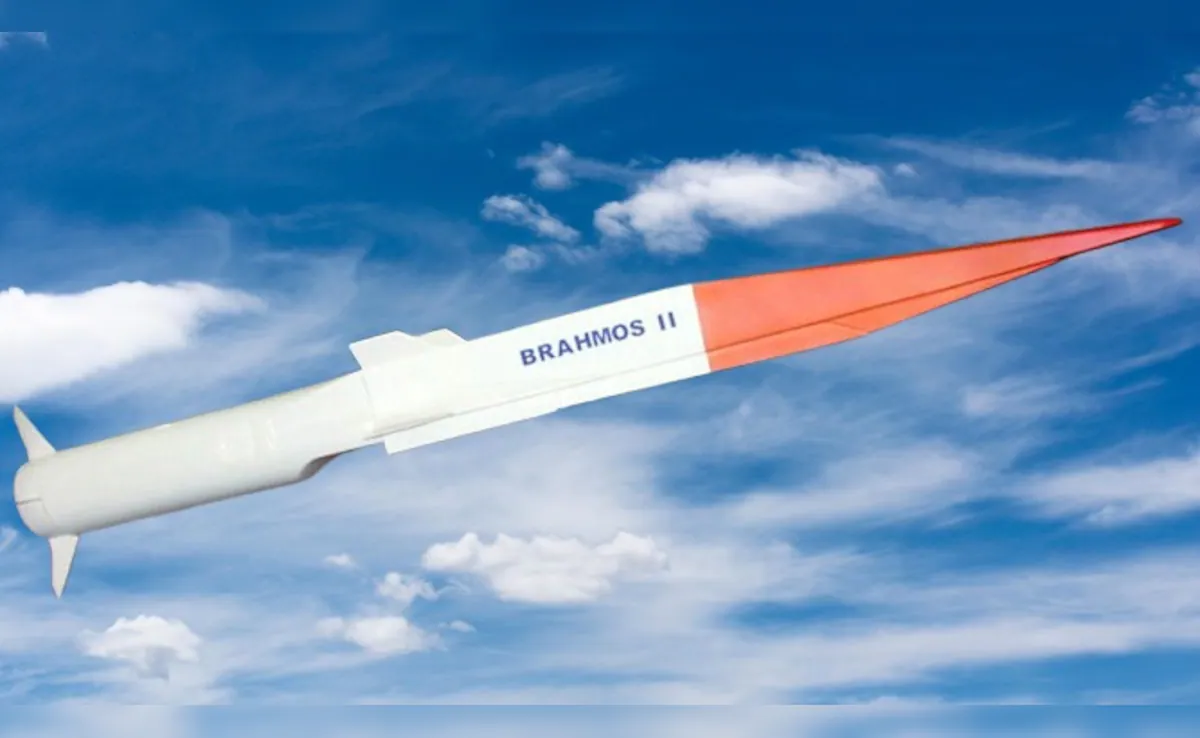Now Reading: India’s 15-Year Defence Vision: Desi Hypersonic Missiles and AI-Powered Warfare
-
01
India’s 15-Year Defence Vision: Desi Hypersonic Missiles and AI-Powered Warfare
India’s 15-Year Defence Vision: Desi Hypersonic Missiles and AI-Powered Warfare

India’s Defence Ministry has unveiled an ambitious 15-year roadmap aimed at transforming the nation’s military capabilities. The plan focuses on self-reliance and technological advancement, with a strong emphasis on indigenous development. Among the key priorities are the development of hypersonic missiles and AI-driven defence systems.
Indigenous Hypersonic Missiles
A cornerstone of this strategy is the development of indigenous hypersonic missiles. These missiles are designed to travel at speeds exceeding Mach 8, making them challenging for existing defence systems to intercept. The Defence Research and Development Organisation (DRDO) is spearheading this initiative, with the Extended Trajectory Long Duration Hypersonic Cruise Missile (ET-LDHCM) being a notable example. This missile boasts a range of over 1,500 km and is capable of carrying both conventional and nuclear payloads. Its design incorporates advanced heat-resistant materials and maneuverability features to evade detection and interception.
AI-Driven Defence Systems
Parallel to missile development, India is investing in AI-powered defence systems. The Akashteer system, developed by Bharat Electronics in collaboration with DRDO and ISRO, is an AI-enabled, fully automated Air Defence Control & Reporting System. It enhances the Indian Army’s air defence capabilities by providing real-time data processing and decision-making support. Additionally, Project Kusha aims to develop an indigenous long-range surface-to-air missile system, incorporating AI-enabled decision support to optimize target engagement and intercept threats effectively.
Strategic Implications
The integration of hypersonic missiles and AI-driven systems signifies a strategic shift towards advanced, self-reliant defence capabilities. These technologies not only enhance India’s deterrence posture but also position it as a formidable force in regional and global security dynamics. The emphasis on indigenous development reduces dependency on foreign suppliers and fosters domestic innovation in defence technology.
Conclusion
India’s 15-year defence roadmap reflects a comprehensive approach to modernizing its military forces. By focusing on the development of indigenous hypersonic missiles and AI-powered systems, India aims to bolster its defence capabilities and assert its position as a leading power in the global security landscape. This strategic vision underscores the nation’s commitment to achieving self-reliance and technological excellence in defence.

























